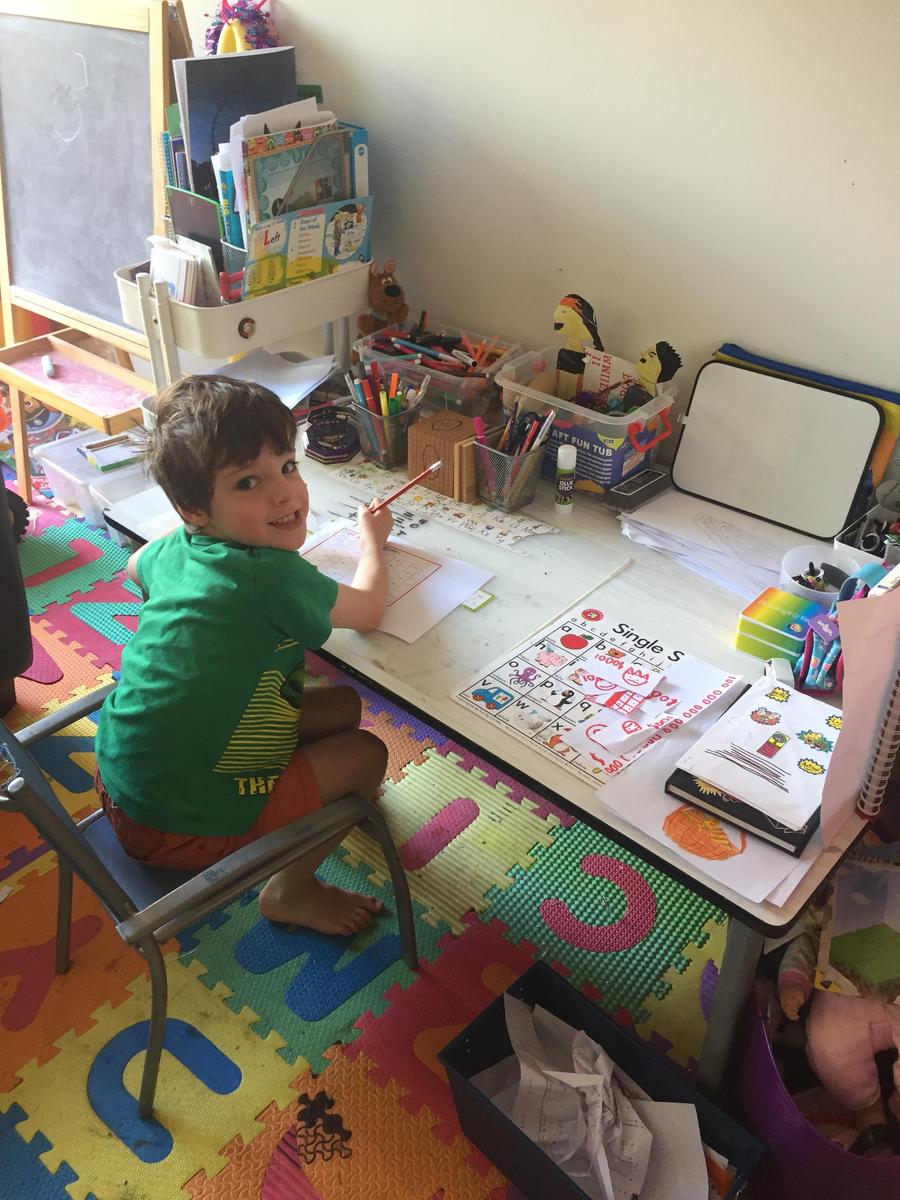Junior School

Why is handwriting important?
Despite the rapid technological advancements in digital forms of communication, the need for a careful balance between these advancements and written language is still required today. Literacy in the twenty-first century requires its members to create or complete both handwritten and digital texts. Often when critical information is exchanged it is in handwritten form.
Handwriting reinforces our reading and language processing skills. Writing by hand allows time to slow down the thought process enabling the writer to think about the words, how they are spelt and the structure of the writing; all making the writer more adept at the language they are using.
In the junior years, a focus on handwriting instruction is critical. Particular attention is given to letter formation, recognition and letter sound knowledge. When handwriting is assessed in the classroom, the teacher generally incorporates observations of execution, legibility and speed. Handwriting should be the dominant recording skill taught in the first three years of schooling followed by the addition of efficient keyboarding skills in Years 3 to 6.
The physical act of handwriting benefits early literacy learners because the kinaesthetic action contributes to greater recognition and memorisation of letters. Forming letters by hand contributes to a stronger knowledge of words and assists with spelling. When words are written in a continuous flow rather than typed as separate letters, spelling memory is enhanced.
Students who have difficulty with handwriting spend most of their energy directed towards the motor process rather than thinking creatively or developing their ideas. Therefore handwriting skills needs to become automated so that higher order cognitive skills can be allocated to the thinking and composing of texts (ideas translated into written work). Handwriting fluency contributes directly to writing fluency.




